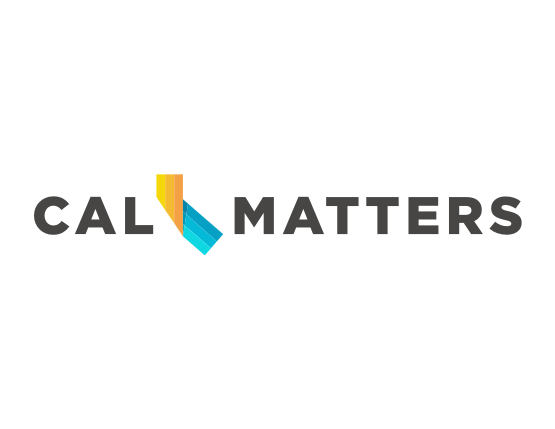In the Media
Students Need Pell Grants to Double
January 22, 2021
By Edgar Oseguera Martinez

Our nation faces an unprecedented time for college affordability. Students all across this country are taking on too much debt and forgoing early financial stability.
While there are multiple solutions to this problem, increasing the maximum dollar amount of Pell Grants can prove to be an effective solution for students today.
I am in my third year at the University of California, Berkeley, studying business and public policy. As a low-income student, I wanted nothing more than to go to college at little to no cost to me and my family. Therefore, I sunk a lot of time into scholarship applications because I knew that federal grants would not be able to pay for even half the cost. I thought I would be able to receive enough scholarships to cover my college expenses. However, after living on campus for my first year, I realized that I still did not have enough money to pay for my entire college experience.
Indirect expenses like food, books and other things drained my bank account, and I found myself with no other choice than to move back home with my parents and commute. It was the financially responsible decision to make but at the cost of my mental, emotional and physical health.
I had to wake up sooner and sleep later because my commute time added an additional one to two hours per day, pending on traffic. I did not eat properly because my schedule was too full, and I often found myself eating out which became a significant expense on its own. My grades suffered, and this all took a toll on my emotional health. I began to doubt myself and experience imposter syndrome as a result of my low self-esteem.
Students should not have to decide between their financial futures and well-being, and that is where the Pell Grant can help ensure more students get quality education at an affordable price.
Federal Pell Grants, unlike loans, are a source of funding that do not have to be repaid. They are awarded only to undergraduate students who display exceptional financial need and complete the Free Application for Federal Student Aid. Currently, Pell Grants do not offer enough financial support to help students afford college. According to the National College Attainment Network, “At its peak in 1975-76, the maximum Pell award covered more than three-fourths of the average cost of attendance – tuition, fees, and living expenses – for a four-year public university. Today, it covers less than 30%.”
There have been numerous proposals to reform the Pell Grant, yet year after year the Pell Grant decreases and student borrowing increases to cover the gap. The current maximum Pell Grant award is $6,345 which is not nearly enough to cover the direct and indirect expenses of college since the national average cost of attendance is a staggering $25,362.
President Joe Biden has nominated Miguel Cardona, Connecticut’s commissioner of education, as the next Secretary of Education. It is essential that he centers the voices of students and advocates for policies rooted in student experiences.
He should double the maximum Pell Grant amount from approximately $6,000 to more than $12,000 in order to help cover costs beyond tuition. Although Pell Grants are not the silver bullet to make college affordable, I believe that doubling the investment in the program can make college a reality for more students like me. Now more than ever we need to invest in our students. We need to double the Pell Grant.